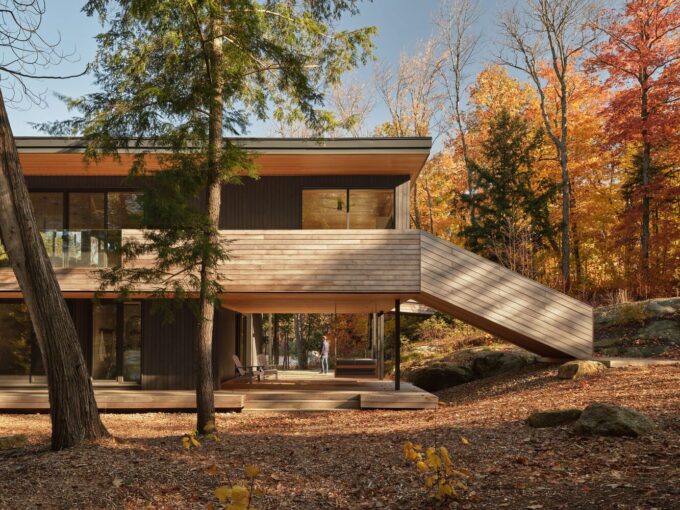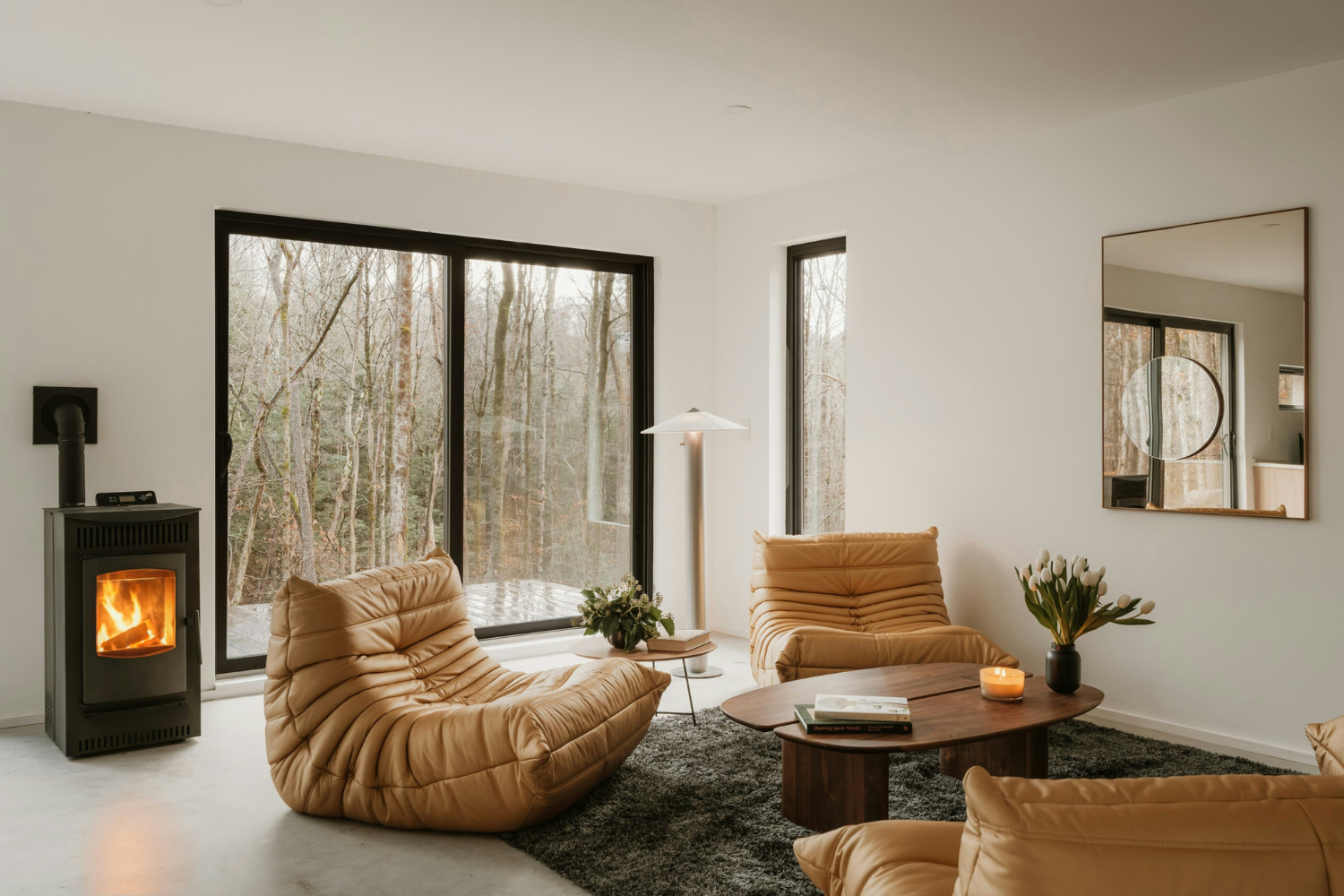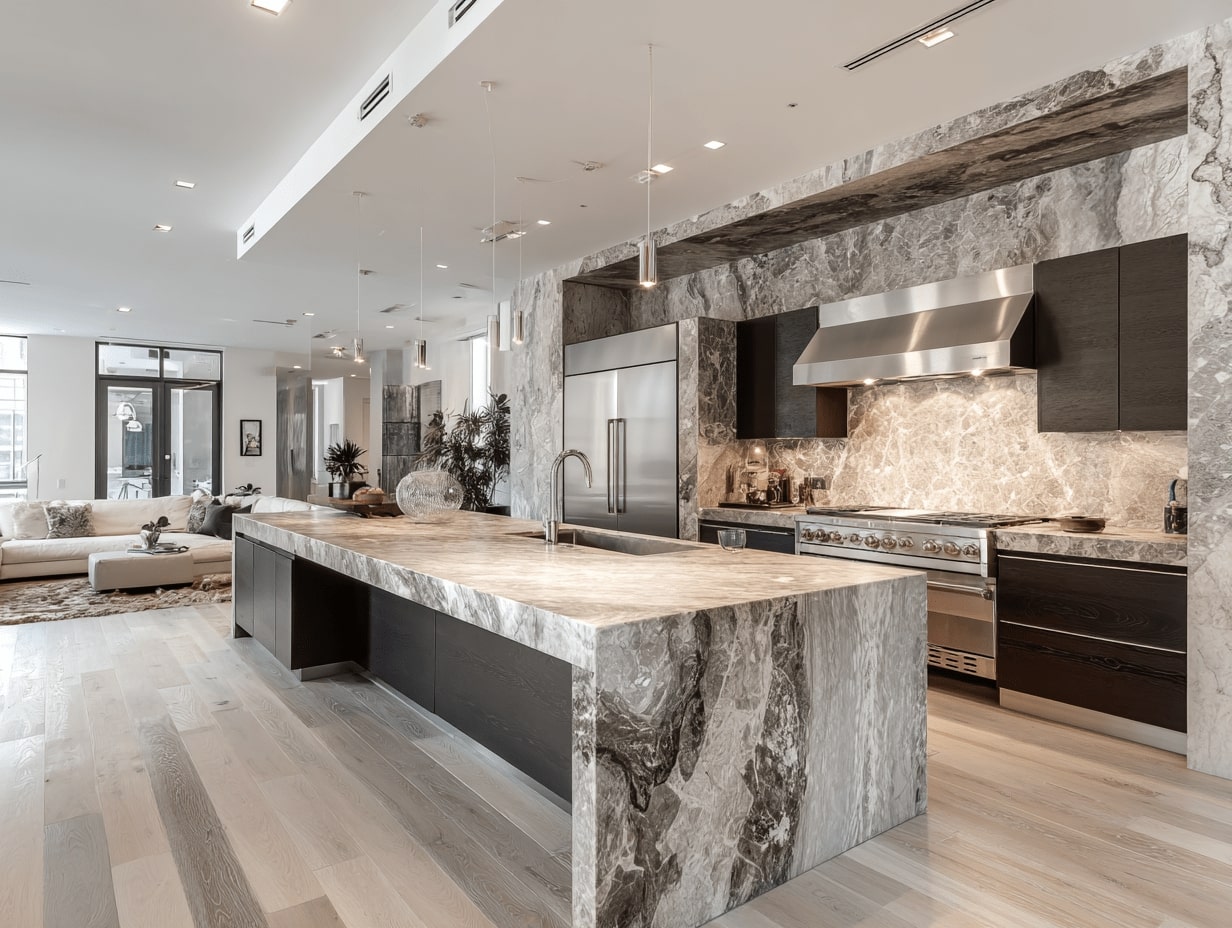- Home
- Articles
- Architectural Portfolio
- Architectral Presentation
- Inspirational Stories
- Architecture News
- Visualization
- BIM Industry
- Facade Design
- Parametric Design
- Career
- Landscape Architecture
- Construction
- Artificial Intelligence
- Sketching
- Design Softwares
- Diagrams
- Writing
- Architectural Tips
- Sustainability
- Courses
- Concept
- Technology
- History & Heritage
- Future of Architecture
- Guides & How-To
- Art & Culture
- Projects
- Interior Design
- Competitions
- Jobs
- Store
- Tools
- More
- Home
- Articles
- Architectural Portfolio
- Architectral Presentation
- Inspirational Stories
- Architecture News
- Visualization
- BIM Industry
- Facade Design
- Parametric Design
- Career
- Landscape Architecture
- Construction
- Artificial Intelligence
- Sketching
- Design Softwares
- Diagrams
- Writing
- Architectural Tips
- Sustainability
- Courses
- Concept
- Technology
- History & Heritage
- Future of Architecture
- Guides & How-To
- Art & Culture
- Projects
- Interior Design
- Competitions
- Jobs
- Store
- Tools
- More
Essential Guide to Home Renovating Budget Planning for Stress-Free Projects
Learn how to plan a home renovation budget effectively with this guide. From setting clear goals and priorities to accurately estimating costs, tracking expenses, and avoiding common mistakes, discover strategies to make your renovation stress-free and financially sound. Achieve your dream space while staying on track and maximizing value with practical tips and expert advice.

Renovating our homes is an exciting journey, but without a solid budget plan, it can quickly spiral out of control. Whether we’re upgrading a single room or tackling a full-scale remodel, having a clear financial roadmap ensures we stay on track and avoid unnecessary stress. It’s not just about crunching numbers—it’s about making smart decisions that balance our vision with practicality.
We all dream of transforming our spaces, but costs can add up faster than we expect. From materials to labor, unexpected expenses often sneak in. That’s why careful budget planning is the foundation of any successful renovation. By taking the time to map out our priorities and allocate funds wisely, we can bring our dream home to life without breaking the bank.

Table of Contents
ToggleImportance Of Home Renovating Budget Planning
Establishing a budget plan creates a clear financial boundary, preventing overspending during renovations. Renovation projects often encounter unexpected costs, like structural repairs or material shortages, making a well-defined budget essential.
Budget planning ensures that all expenses, from materials like flooring and paint to labor costs for contractors, align with available financial resources. This approach reduces financial stress and keeps projects focused.
Tracking costs with a detailed budget helps identify areas for potential savings. For instance, opting for cost-efficient alternatives like engineered wood instead of solid hardwood can significantly lower expenses without sacrificing aesthetics.
Allocating resources for primary needs such as plumbing or electrical upgrades ensures safety and functionality. Addressing critical systems first avoids expensive fixes later.
As a financial guide, a budget establishes priorities. For example, focusing on high-impact areas like kitchens or bathrooms allows for improved property value within the allocated funds. Proper planning aligns renovation goals with long-term benefits.
Setting Clear Renovation Goals
Establishing clear renovation goals aligns our vision with our budget. A focused plan ensures resources target areas with the most impact.

Assessing Your Needs And Priorities
We evaluate the purpose and motivation behind the renovation. Identifying if we’re addressing structural issues, upgrading aesthetics, or increasing functionality helps prioritize tasks effectively. For example, resolving outdated plumbing takes precedence over adding decorative features. Listing must-haves like fixing damaged roofing and nice-to-haves like adding a new backsplash offers clarity in project planning.
Defining Project Scope And Scale
Defining the scope curtails unnecessary spending. Determining whether the renovation covers a single room or the entire property ensures proper allocation of time and resources. For instance, kitchen makeovers could include appliance upgrades, cabinetry replacement, or flooring changes based on our goals. Additionally, distinguishing between minor updates and full-scale remodels avoids project expansion beyond budget limits.
Estimating Costs And Expenses
Accurately estimating costs ensures our renovation projects stay within budget. By breaking down expenses into key categories, we can prepare for all financial aspects of the project.

Researching Material Prices
Determining material costs involves comparing options across suppliers. We should evaluate prices for essentials like flooring, cabinetry, and fixtures from local stores and online platforms. Understanding price variations helps identify budget-friendly alternatives without compromising on quality. For instance, engineered wood flooring may be less expensive than hardwood, offering a similar aesthetic within a lower budget.
Labor And Contractor Fees
Labor costs often make up a significant portion of renovation expenses. Hiring contractors requires us to request multiple quotes and review itemized estimates. Evaluations should include costs like hourly rates, project timelines, and any additional fees. To ensure transparency, we can include terms for unexpected work in our agreements.
Local markets shape labor pricing in growing communities like Temecula, where demand for skilled trades stays strong. Homeowners who plan projects and gather detailed bids for home remodeling Temecula services can compare labor structures, warranties, and scheduling before signing a contract. This careful review supports realistic budgeting and reduces the risk of disputes during construction.
Accounting For Hidden Or Unexpected Costs
We must allocate a contingency fund, typically 10-20% of the total budget, to cover hidden or unexpected expenses. Common issues include plumbing repairs, electrical upgrades, or structural fixes uncovered during renovations. Proper financial buffers reduce the risk of delays or exceeding the overall budget.
Creating A Realistic Budget
Establishing a realistic budget anchors any renovation project within financial boundaries. By carefully distributing resources and accounting for potential surprises, we ensure a successful outcome.

Allocating Funds For Each Project Area
Breaking down the budget by project areas provides clarity on resource distribution. We divide our total budget into key categories, such as structural work, design, materials, labor, and permits. For instance, structural upgrades might take 30-40%, while aesthetic elements like fixtures and finishes may require 20-30%. When assigning funds, we prioritize essential upgrades over cosmetic enhancements. For example, addressing plumbing or electrical issues before investing in flooring prevents costly rework. Reviewing area-specific estimates helps identify where adjustments or compromises are necessary to maintain financial balance.
Including A Contingency Fund
Adding a contingency fund safeguards us against unforeseen expenses. We allocate 10-20% of the total budget to handle unexpected costs, such as moisture damage or outdated wiring that requires replacement. For instance, if the budget for a kitchen renovation is $30,000, setting aside $3,000-$6,000 accommodates unexpected repairs. A contingency fund minimizes stress and avoids delays by covering these costs without compromising other project areas.
Tips For Staying On Budget
Renovating within a budget requires consistent planning, smart decisions, and close monitoring of expenses. By integrating practical strategies, we can prevent overspending while achieving desired results.

Tracking Expenses Continuously
Keeping detailed records of all expenditures during a renovation is crucial. We can use budgeting apps, spreadsheets, or project management software to track material purchases, labor payments, and additional costs. Regularly comparing actual expenses to the initial budget highlights overspending trends and enables timely adjustments. For instance, documenting daily expenses for material supplies helps identify wasteful spending or cost-saving opportunities.
Negotiating With Contractors And Suppliers
Securing better rates can significantly reduce costs during renovations. We recommend reaching out to multiple contractors and suppliers for quotes before finalizing selections. Comparing itemized estimates allows us to evaluate the most value-driven options. For example, requesting discounts on bulk material purchases or negotiating package offers with contractors often results in noticeable savings. Building long-term supplier relationships may also lead to preferential pricing for future projects.
Do-It-Yourself Projects To Save Money
Undertaking small DIY tasks reduces reliance on professional labor, effectively cutting costs. We suggest tackling manageable projects such as painting walls, assembling furniture, or refinishing surfaces, which typically require less technical expertise. For example, repainting cabinets or replacing hardware upgrades both aesthetics and functionality at a fraction of the cost. However, reserving complex structural tasks for licensed professionals ensures safety and compliance.
Common Budget Planning Mistakes To Avoid

Overestimating DIY Capabilities
Relying on DIY for cost savings can backfire if tasks exceed our skill levels. Complex projects like electrical wiring or plumbing repairs require licensed professionals. Attempting these without expertise may result in errors, escalating repair costs.
Ignoring Hidden or Overlooked Costs
Underestimating incidental expenses can derail our budget. Items such as permit fees, utility hookups, or disposal costs often go overlooked during initial planning. Incorporating a contingency fund of 10-20% prevents financial strain when these arise.
Choosing Low-Quality Materials to Save Costs
Opting for the cheapest materials might reduce upfront expenses but can lead to higher long-term costs due to replacements or repairs. Investing in durable materials ensures quality and minimizes recurring expenses.
Failing to Compare Contractor Estimates
Hiring the first contractor we consult may limit better deals. Gathering multiple itemized quotes allows us to evaluate costs, services, and reliability. This ensures fair pricing without sacrificing project quality.
Expanding Project Scope Midway
Adding unplanned upgrades or new areas during renovations increases expenses and delays timelines. Sticking to the defined scope prevents unexpected financial burdens and helps maintain focus on priority tasks.
Skipping Detailed Budget Breakdowns
Omitting detailed expense categories complicates tracking and adjustments. Breaking down the budget into labor, materials, permits, and miscellaneous expenses enhances financial control and prevents oversights.
Overlooking the Value of Professional Consultation
Avoiding expert advice to save money might lead to costly mistakes. Consultations with contractors or designers provide realistic insights, helping refine budgets and ensuring practical project execution.
Conclusion
Budget planning is the foundation of any successful home renovation. It ensures every dollar is allocated wisely, preventing financial strain and keeping projects on track. By setting clear goals, assessing priorities, and defining project scopes, we align our vision with available resources, reducing unnecessary expenses and maximizing value.
Accurate cost estimation provides clarity on expenses like materials, labor, and permits, allowing us to make informed decisions. Creating a detailed budget breakdown and including a contingency fund of 10-20% addresses hidden costs, safeguarding against unexpected surprises and delays.
Monitoring expenses consistently with tools like budgeting apps or spreadsheets keeps us informed and helps adjust spending proactively. Negotiating contracts, comparing estimates, and exploring cost-efficient options further optimizes spending without compromising quality.
Avoiding common mistakes, like underestimating costs or overestimating DIY capabilities, ensures smoother execution. Leveraging professional input and prioritizing essential upgrades over aesthetic enhancements guarantees both functional and financial success for any renovation project.
- budget tips for home renovation
- budget-friendly home improvement
- budgeting for home improvement
- cost-saving renovation techniques
- effective renovation planning
- essential renovation budgeting
- financial planning for remodeling
- home improvement budgeting
- home remodel budgeting guide
- home renovation budget planning
- home renovation cost guide
- how to plan a renovation budget
- project management for renovations
- remodeling budget strategy
- renovation budget calculator
- renovation budget management
- renovation cost estimation
- renovation financial planning
- saving money on home renovations
- step by step renovation planning
- stress-free home remodeling
- stress-free renovation tips
Submit your architectural projects
Follow these steps for submission your project. Submission FormLatest Posts
BXB Studio’s Hybrid Interior: Redefining the Modern Architectural Workplace
The Warsaw headquarters of BXB Studio was established in a modest 70...
5 Must-Know Interior Design Trends in American Homes
From warm minimalism to bold oversized artwork, these five interior design trends...
How Open Kitchens Create a Sense of Space Indoors (Without Sacrificing Function)
Open kitchens: see how sightlines, lighting, and smart layouts make rooms feel...
The Revival of Chunky Fiber Crafts in Modern Interior Design
Contemporary interior architecture has shifted away from hard minimalism. After a decade...












Leave a comment